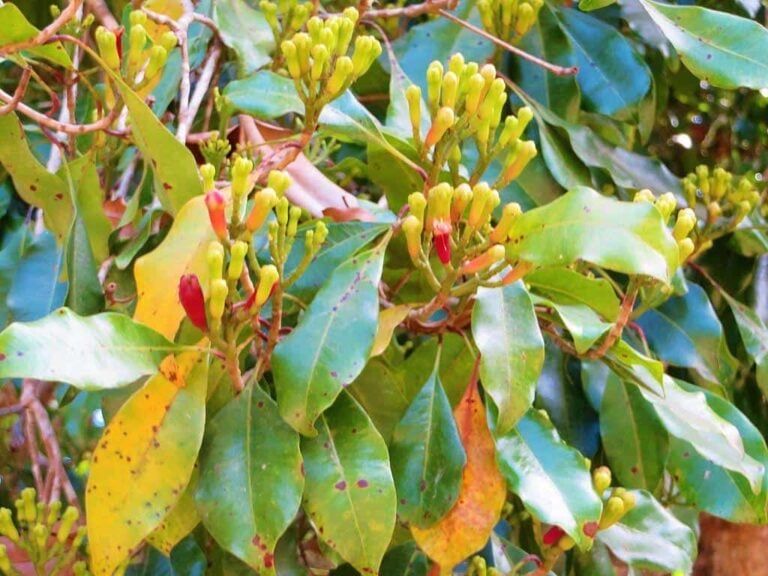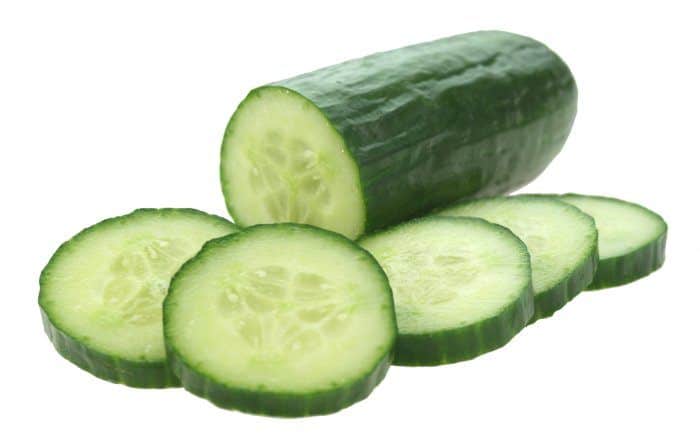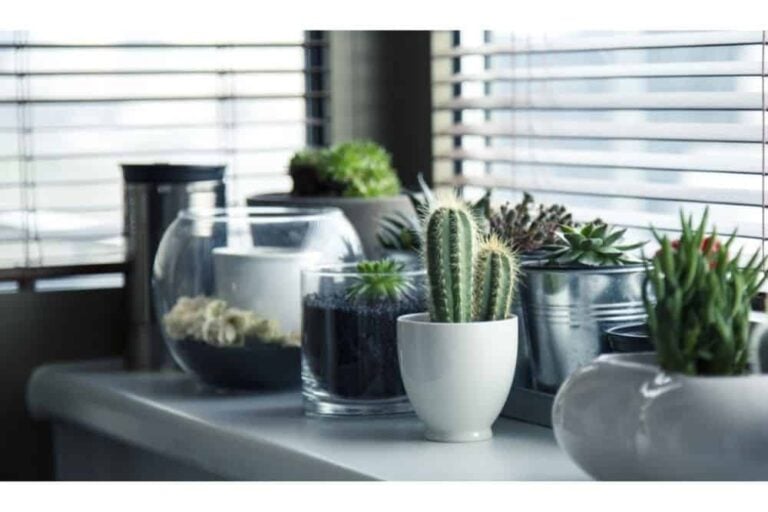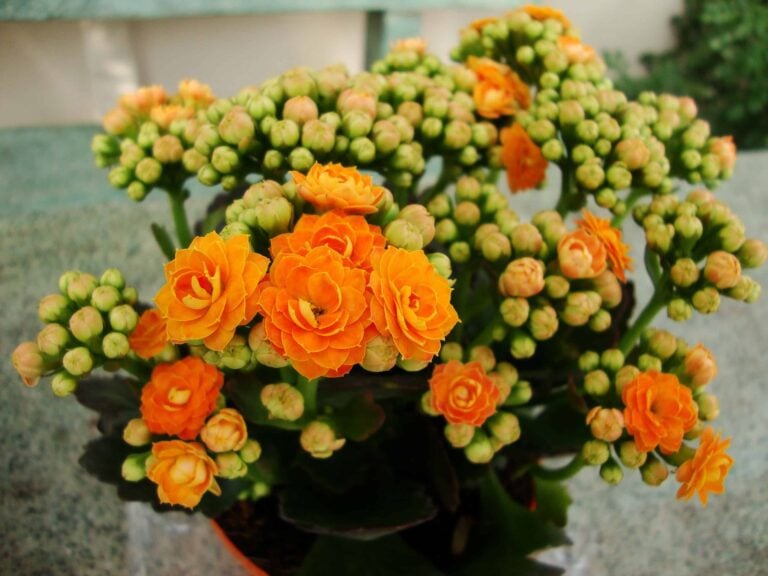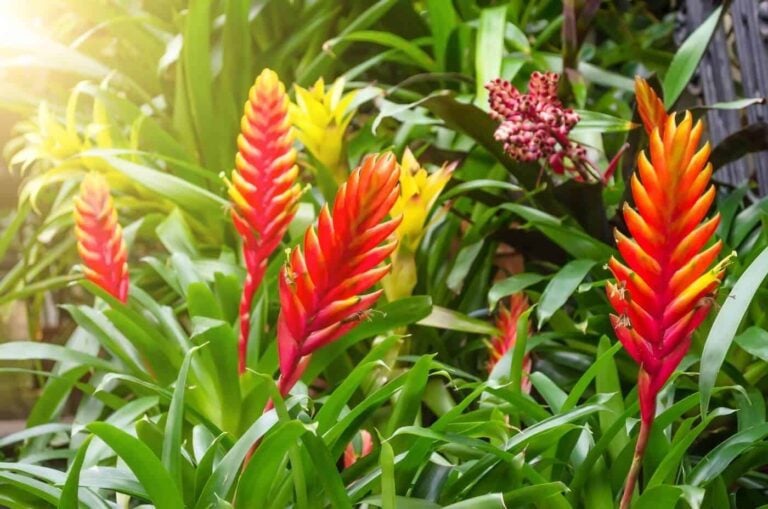The Most Efficient Means of Growing Tarragon
Tarragon is a chef’s best friend. The dynamic little herb has a VIP seat in any self-respecting kitchen because it adds a ton of flavorful character to a host of culinary delights, from soups and sauces to fish and egg dishes. If you have a green thumb, the herb’s ability to elevate a wide host of dishes may make it an attractive option to grow in your garden. Fortunately, it’s not a difficult task to pull off.
Tarragon: A quick Overview
If you don’t know much about tarragon beyond the fact that it can help add depth and flavor to your cooking, don’t fret. This video will give you a quick overview on what the herb brings to the table.
Tarragon’s Medical Benefits
The cool thing about tarragon is that it’s not just a tasty herb. As this video demonstrates, it can provide you with a pretty wide range of health benefits. These perks could end up being a bigger motivator for you to grow the herb in your backyard or garden.
Tarragon Basics
Tarragon’s reputation as a versatile herb with solid health benefits makes it an attractive herb to grow. However, using it properly is not as simple as planting a sprig and helping it grow. In fact, it’s important that you realize that tarragon isn’t necessarily a universal herb.
There are three types of tarragon that you can grow: French, Russian, and Mexican. The most common type to grow is French, and it is the one that’s associated with food usage. The reason for this is because French tarragon has a much more pronounced flavor than its other counterparts.
The secret behind French tarragon’s distinct flavor is found in its roots. Essentially, the herb is produced by rooted cuttings as opposed to being sprouted from seeds, which allows them to concentrate their classic flavor better.
How to Grow Tarragon
If you want to grow tarragon effectively, it’s imperative that you understand the herb’s behavior before you even plant its first cutting. To that end, the most important thing to be mindful of is the conditions in which the herb can grow optimally.
Even though tarragon is considered to be a perennial in most of the country, it especially thrives in areas where the winters and summers are mild. With that being said, this doesn’t mean that you shouldn’t try your hand at growing the plant if you live in, say, Minnesota or Arizona. There are just a few extra steps you need to take.
If you’re in a warmer climate, you need to provide your French tarragon plants with sufficient shelter from sunlight, particularly during the hottest part of the day. If you’re planting on growing the herb during the winter – something that it can handle more than other herbs – it’s wise to mulch it before the first hard frost settles.
Tarragon and Soil
Planting the tarragon in proper soil is also important to the herb’s overall health and productivity, but it’s not necessarily something that makes or breaks the crop. It thrives in well-draining, sandy soil, but you can get away with a successful growing session if you plant it in soil that’s dry or poor. There are limits to this, however – tarragon struggles in soil that’s wet, cold, or compacted.
As hardy as tarragon is, it’s important that you pay attention to the soil’s pH level. Ideally, you’ll want to plant the herb in a soil that has a pH range between 6 and 7.5. It may be wise for you to conduct a soil test to ensure the soil you’re planting the herbs in has the pH profile they’d like to have.
Planting the Tarragon
French tarragon propagates from root cuttings and not seeds. Because of this, it takes a little finesse to coax the herb into fruition. Ideally, you’ll want to work with stem cuttings roughly 6 to 8 inches in length, and place each plant 18 to 24 inches apart. If you’re working with rows, you’ll need to space them 24 to 36 inches apart.
You’ll also need to make sure the French tarragon is evenly moist until you start seeing plants develop. Once this happens, you’ll still need to water on occasion, but the ground surrounding the herb can get away from becoming dry between the watering sessions.
French tarragon does require some patience, as it takes about a month for the herbs to take root. However, it also has a reputation for being a light feeder, so you can save your plant supplement stuff for the other veggies you’re attempting to grow.
The Resiliency of Tarragon
Another attractive element to growing tarragon is that it’s pretty resistant to the things that negatively affect other crops. The herb is not known to have any serious disease problems, nor does it have a reputation for being ravaged by pests.
That doesn’t mean that tarragon is completely safe from unruly elements. You need to keep an eye out for mildew and root rot, both of which could compromise the integrity of the herb. However, you can mitigate this somewhat by not overwatering the soil.
Enjoying the Harvest
Usually, you should expect your tarragon to be ready to harvest after 60 days. If you’re going for optimal flavor, you’ll want to pick young, top leaves. And while this is a perennial plant that can survive in winter, tarragon is tastiest when it’s harvested in the early summer.
If you want to continue to grow for future harvests, it’s wise to cut back on the herb’s leafy top growth several times during the season. This will encourage the plant to grow fuller throughout the harvesting process.
When the tarragon is harvested, your best course of action is to use it as fresh as possible – typically for up to 2 to 3 weeks after harvest via refrigeration. However, French tarragon can be dried and frozen.
Regardless of when you decide to use your tarragon, you’ll enjoy the sheer satisfaction that comes with growing such a versatile culinary herb. In the context of the right dish, the herb’s signature flavor will add the kind of complexity that other herbs simply cannot match.


